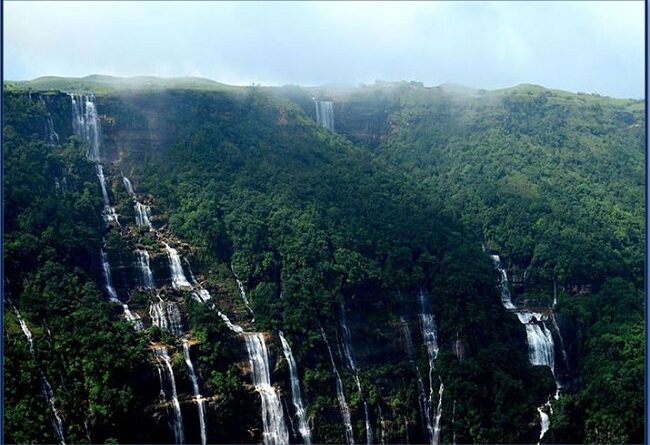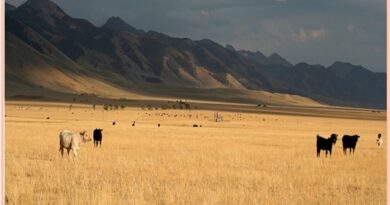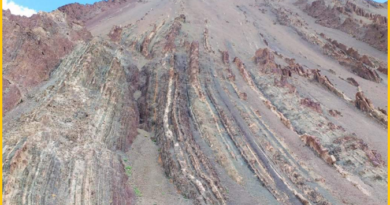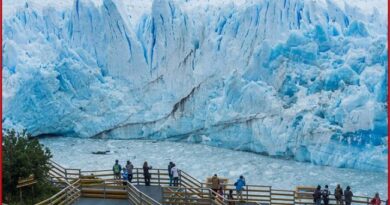Meghalayan Age’ the time period where we live. Know the new chapter in earth’s history !
Scientists have assigned a new name to the era where we are living in. They are calling it the Meghalayan because perfect data for the timing of the new age were discovered from a stalagmite growing in a cave in the Indian state of Meghalaya.

Earth’s age dated in geological history around 4.5 billion years old. Now scientists have just assigned three new ages to the Holocene, which is the current epoch where we live. They’re calling this most recent age the Meghalayan age. This age began 4,200 years ago during a worldwide megadrought.
The Holocene epoch started nearly 11,650 years ago after the end of the last ice age. Since that time, Earth’s climate has continued to fluctuate. There was a warm period that lasted from 11,650 to about 8,300 years ago. This age named the Greenlandian age. Then, the Earth went through a gradual cooling period from about 8,300 to 4,200 years ago, and this is known as the Northgrippian age. The last age of the Holocene began 4,200 years ago during a worldwide megadrought and this Meghalayan Age is the newest sliver of that time scale.
This age was adopted by the International Commission on Stratigraphy (ICS), a subcommittee of the International Union of Geographic Sciences (IUGS) that focuses on defining the geologic time scale. The new names for the three ages of the Holocene were ratified by IUGS on June 14, 2018.

After a long debate, geologists adopted the Meghalayan Age the time period where we live. The best evidence of the global mega-drought; that lasts two decades or longer, can be found as chemical signatures in a stalagmite in Mawmluh cave in the Indian state of Meghalaya, hence the name Meghalaya.
Effect of Megadrought in humans
According to the International Commission on Stratigraphy (ICS) which is responsible for proposing new names for Earth’s geological history, the drought had severe impacts on many agricultural-based societies. This in turn led to extensive human migration in areas such as Egypt, Mesopotamia, the Indus River Valley, and the Yangtze River Valley.

Geological evidence of the mega-drought of the Meghalayan age can be found on all seven continents. Due to the mega-drought, many cities and towns were abandoned, and people transitioned from urban to rural societies. Some of the civilizations severely impacted by the mega-drought include Egypt’s Old Kingdom and the Akkadian Empire in Mesopotamia, which both collapsed, as well as the Indus Valley of modern-day Pakistan and India, where large cities like Mohenjo Daro and Harappa were abandoned due to the Megadrought.
Also, read- Taal Volcano in the Luzon, the Philippines has danger and beauty at the same time, take a look around the beautiful lake!
A new term Anthropocene has thrown around in geo-scientist circles. This name has been proposed as a new epoch in Earth’s geological history to mark the substantial influence of humans on geology and climate. Although, it has not been approved by any scientific authorized organization.



